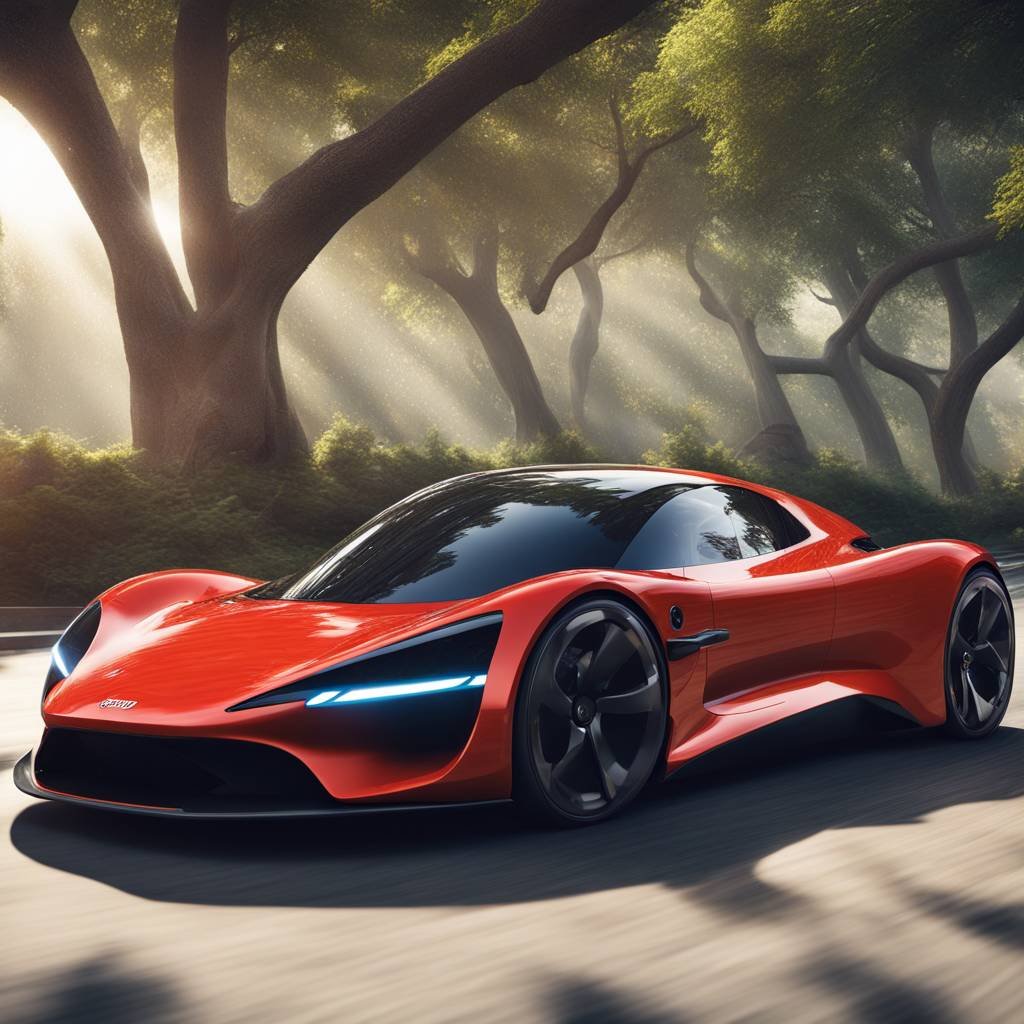Summary
– Nyobolt’s ultra-fast charging batteries with high-power density are moving from the lab to the track
– Initial testing has shown that Nyobolt’s batteries can charge from 10 to 80 percent in under five minutes, twice as fast as current vehicles
– Independent testing confirms Nyobolt’s batteries can achieve over 4,000 fast charge cycles, or 600,000 miles, with over 80 percent battery capacity retention
– Nyobolt is in talks with eight OEMs about using its technology in high-performance EVs
– The technology enables lighter, more energy-efficient electric vehicles, potentially revolutionizing the automotive industry
Article
Nyobolt, a company specializing in ultra-fast charging batteries, has successfully transitioned its technology from the lab to the track with the unveiling of the first running Nyobolt EV prototype. Utilizing cutting-edge patented materials and innovative design, Nyobolt’s batteries are capable of charging from 10 to 80 percent in just under five minutes, twice as fast as the fastest-charging vehicles on the road. This breakthrough technology has been independently tested and proven to last over 4,000 fast charge cycles, or 600,000 miles, while maintaining over 80 percent battery capacity retention.
Founded in 2019, Nyobolt has developed a high-power density, fast-charging battery technology that is ideal for industrial and automotive applications. By leveraging their unique anode materials, cell design, power electronics, and software controls, Nyobolt has created a battery system that supports the electrification of high-uptime applications such as EVs, robotics, and consumer devices. The Nyobolt EV prototype, engineered with CALLUM, showcases the company’s commitment to providing a high-performance environment where inconvenient charging downtime is eliminated.
The Nyobolt EV prototype features a 35kWh battery pack that can be charged from 10 to 80 percent in under five minutes, offering a range of 155 WLTP miles. Unlike traditional lithium-ion batteries that often degrade with fast charging, Nyobolt’s technology can withstand over 4,000 full DoD fast charge cycles with minimal loss in capacity. This performance has attracted interest from eight OEMs looking to incorporate Nyobolt’s technology in high-performance EVs, showcasing the scalability and versatility of the company’s battery solutions.
In addition to enabling faster charging times, Nyobolt’s technology also provides a more sustainable option for electric vehicles. By offering longer-lasting batteries that can endure up to 600,000 miles of use, Nyobolt’s technology reduces the environmental impact of EV production and operation. The compact size of the Nyobolt EV’s battery pack allows for lighter and more efficient electric vehicles, delivering superior performance without the drawbacks of traditional battery technology.
Nyobolt’s unique battery chemistry, developed by leading battery scientists at the University of Cambridge, sets it apart from other battery technologies in the market. The low impedance cells and advanced anode materials allow for ultra-fast charging without compromising battery life, making it an attractive option for a wide range of applications beyond automotive, including robotics and heavy-duty commercial vehicles. With plans for scalable production and compliance with EU regulations, Nyobolt is poised to revolutionize the EV market with its innovative battery technology.
Overall, Nyobolt’s success in transitioning its ultra-fast charging batteries from concept to reality marks a significant milestone in the electrification of vehicles and other high-power applications. By showcasing the performance and durability of its technology through the Nyobolt EV prototype, the company is paving the way for a new era of fast-charging, sustainable batteries that can transform the automotive industry and beyond. With strong interest from OEMs and a clear roadmap for production and deployment, Nyobolt is positioning itself as a leader in the advancement of battery technology for the electrified future.
Read the full article here


